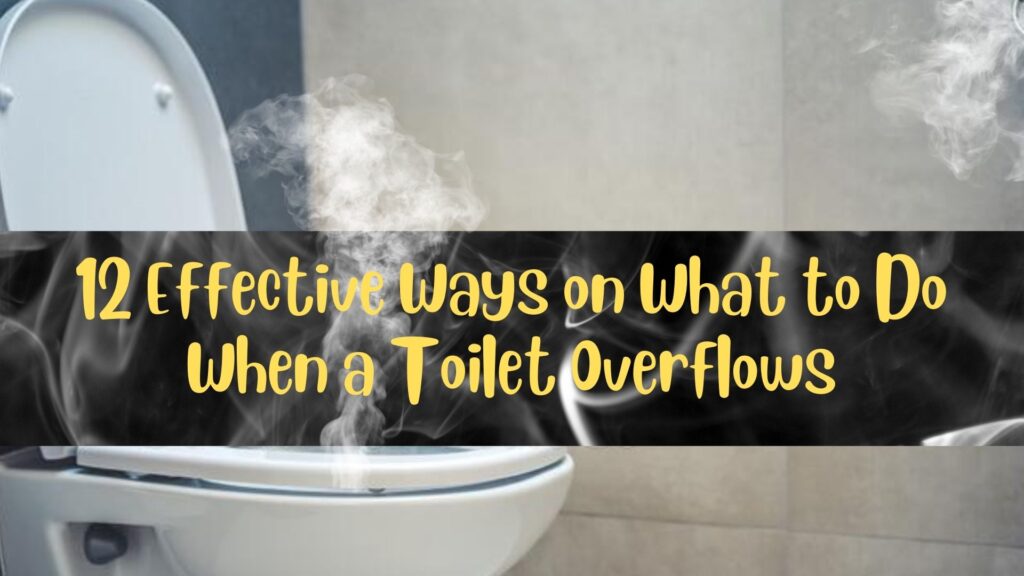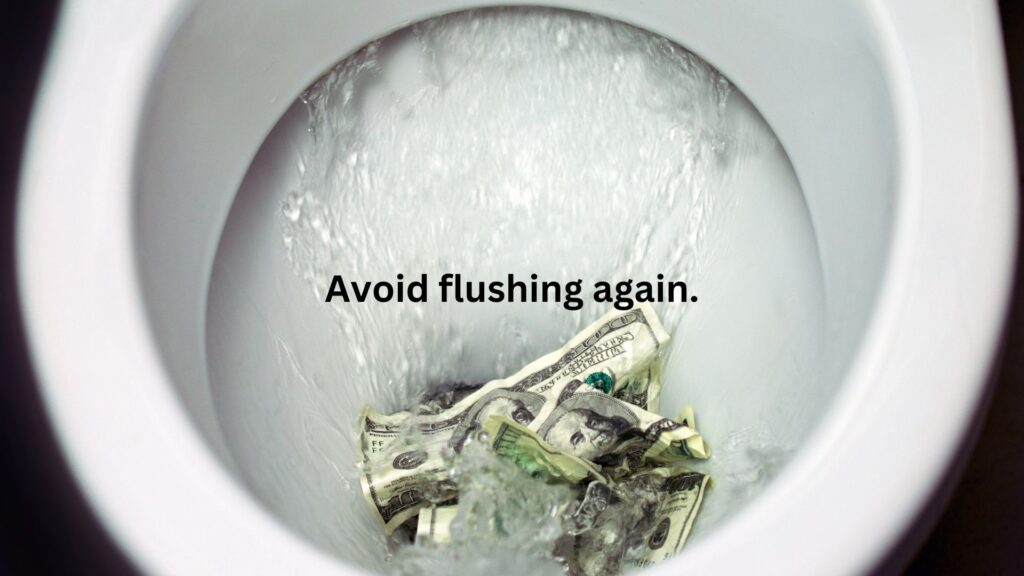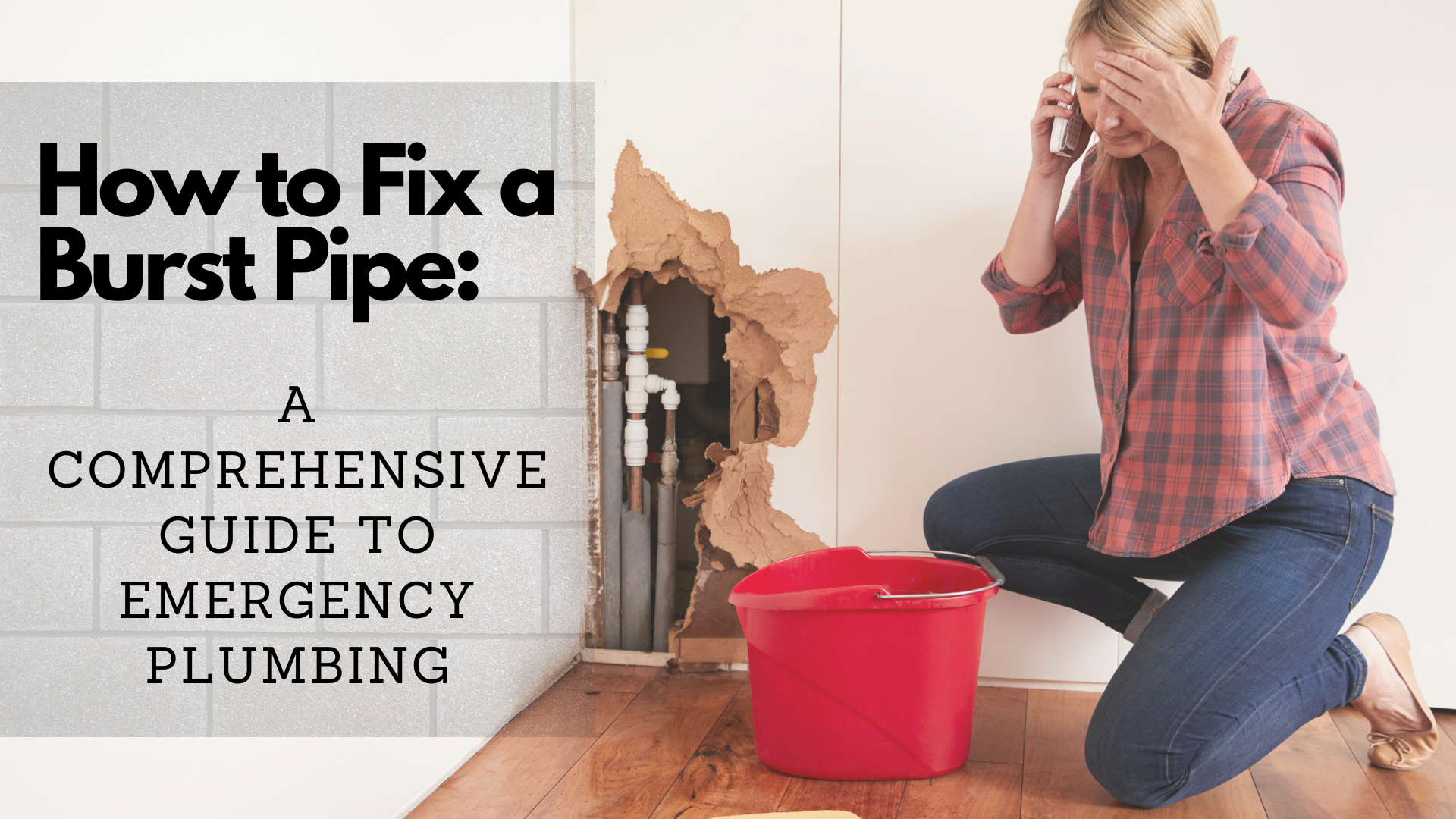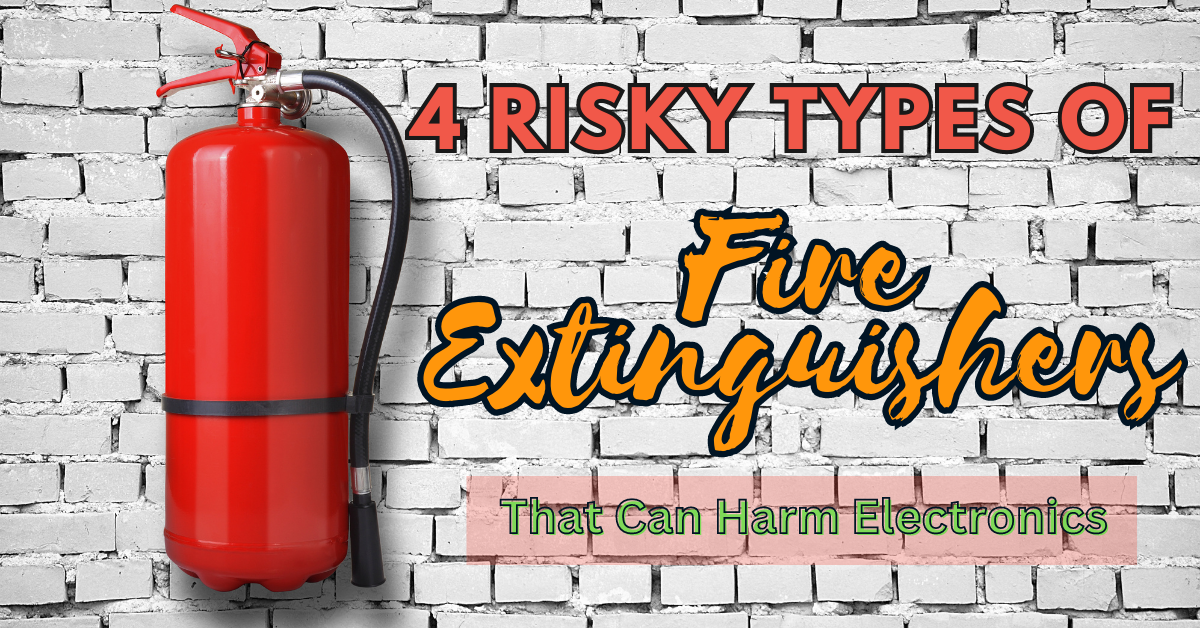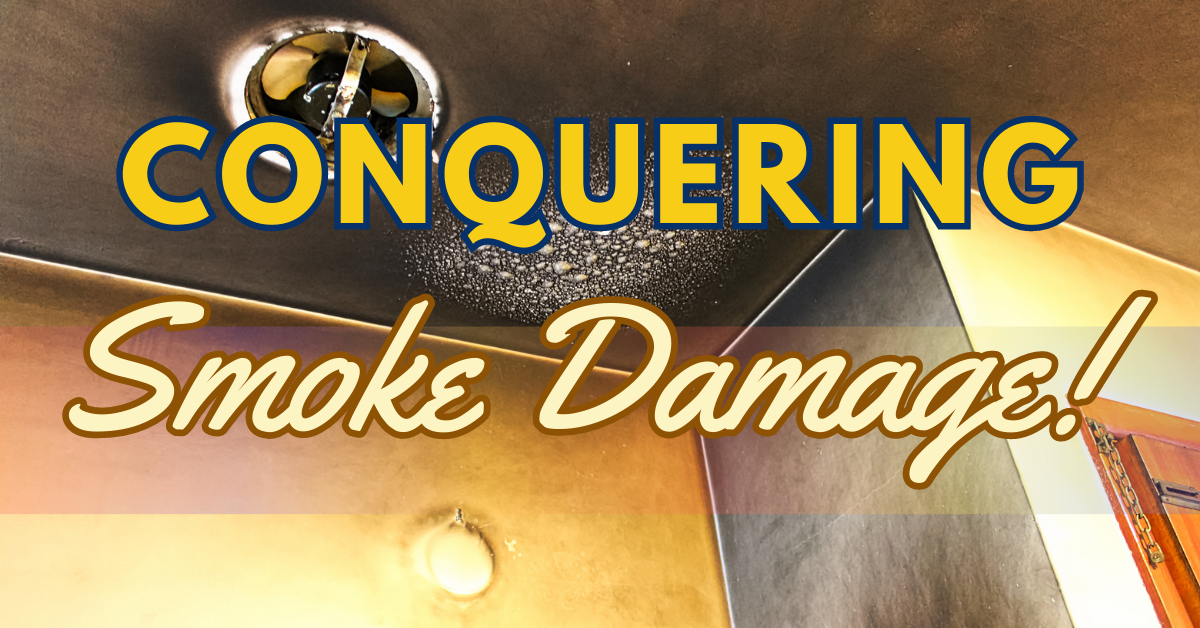Thinking about what to do when toilet overflows? Worry not! Read the full article and we’ll help you with this kind of issue. It is essential to take prompt action to prevent water damage in your bathroom. Apart from hiring a plumber to fix the underlying issue, there are several steps you can take quickly to manage the emergency on your own.
Furthermore, if you observe any signs of water damage in your toilet, it is advisable to promptly reach out to a professional restoration company.
What to Do When Toilet Overflows: Know the Causes
Typically, a toilet clog causes an overflow, such as when too much toilet paper or non-flushable items like feminine care products or baby wipes block the pipes. Also, your septic tank can also cause a toilet overflow if it reaches full capacity, causing the contents to back up into the toilet.
Toilet overflows can also stem from old or poorly installed plumbing pipes. In such instances, you will require the assistance of a professional plumber to determine the best solution.
What to Do When Toilet Overflows
When a toilet overflows, it is essential to take quick action to minimize damage and clean up the mess. Here are the steps you should follow:
1. Avoid flushing the toilet again.
If the water in the toilet bowl rises immediately after you flush, it means a clog is blocking the drain. Flushing again will only worsen the situation by filling in additional water that cannot pass the clog, leading to increased toilet bowl flooding.
2. Locate the flapper inside the toilet tank.
Find the flapper at the bottom of the toilet tank. It resembles a rubber circle connected to a chain or metal lever.
3. Close the flapper by pressing it.
Then close the flapper so that it seals against the bottom of the tank will prevent water from flowing into the bowl.
4. Locate the water shut-off valve for the toilet (if it exists).
If it exists, you can find the toilet water shut-off valve near the connection between the toilet and the wall outside the tank.
5. Turn off the water supply using the valve, if one is available.
Shut off the water supply by turning the shut-off valve clockwise to stop more water from flowing into the toilet.
6. Locate the float in the toilet.
Check inside the tank to find the float. A float cup will have a cup shape, and the fill valve will run vertically through it from the bottom of the tank. If it is a float ball, it will appear as a rubber egg or ball on a lever.
7. Rig the float to remain steady and not shift position.
Open the toilet tank and secure the float to prevent water from refilling the tank.
8. Drain the excess water from the toilet bowl.
To avoid future overflows, grab a wet vacuum, cup, bucket, or similar item to move the excess water to the sink or bathtub and drain it properly.
9. Quickly dry the floors.
If water spills on your floor, use towels to clean it up. Cover the spill with a dry, folded towel if the toilet overflows onto the carpet. Put something heavy on the towel and let it sit for 30-60 minutes to absorb the water.
10. Safely dispose of any debris.
When cleaning up after a toilet overflow, be careful, as it may not just be water. Properly dispose of anything you clean up. After removing the debris and excess water, disinfect all surfaces that touched the toilet water.
11. Plunge the Toilet.
When dealing with an overflowing toilet, start by making sure the area is safe to work in. Most overflows occur because of clogs, so try using a plunger to clear the blockage. If the clog is caused by something like a foreign object, wear rubber gloves and remove it carefully.
A toilet auger (plumber’s snake) may be necessary instead of a plunger for stubborn blockages. It can go deeper into the toilet to clear clogs that a plunger can’t fix.
If you have enough time, use baking soda and vinegar to unclog your toilet. Pour a cup of baking soda (sodium bicarbonate) and a cup of white vinegar into the bowl and allow it to sit for 8 hours. The reaction between the two substances could help dissolve the clog.
12. Evaluate the toilet.
Now that you’ve removed the blockage, test the toilet to ensure it’s working correctly. Then turn the water supply back on and adjust the float if needed. Next is to fill the tank and then flush. If the toilet threatens to overflow again, repeat the steps.
If your toilet keeps overflowing, it’s best to call a professional plumber, especially if you’ve already tried to fix it a few times. This could mean there’s a bigger plumbing problem that requires professional attention. Plumbers have the right tools and knowledge to quickly and effectively find and fix the issue.
Any Signs of Water Damage? Call in Superior Restoration Riverside
What to do when a toilet overflows is sometimes overwhelming. If your toilet overflows after trying to clear a clog and empty the septic tank, it indicates a serious plumbing issue that needs a plumber’s expertise.
Moreover, if you see water damage or mold in your bathroom because of excessive water or moisture and can’t fix it, call Superior Restoration for help.
Our company consists of highly trained and skilled individuals who can manage water damage problems using advanced tools and processes. We assure you that we will restore your property to its pre-state condition.
Superior Restoration is available 24/7, even in emergency cases. Call us today if you have any questions about our company services.


